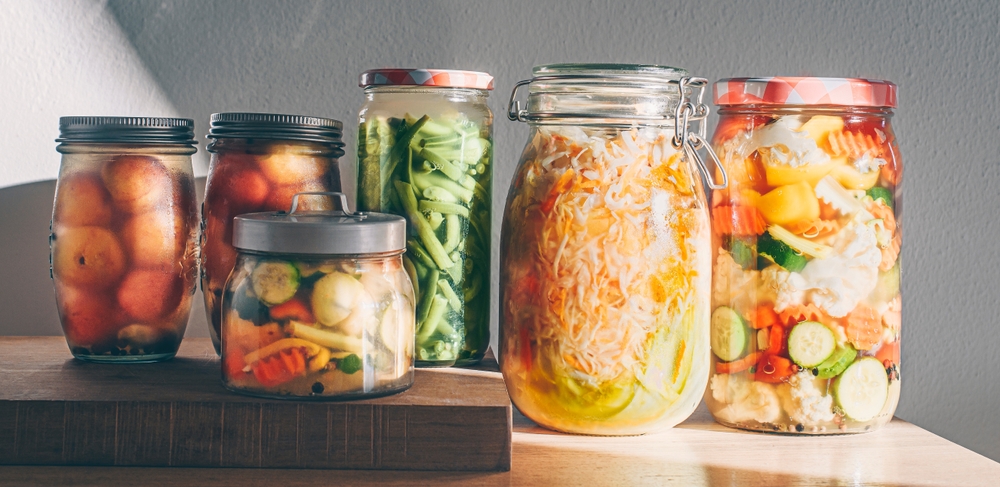Reducing Kitchen Waste Through Smart Prep and Storage
Reducing kitchen waste starts with practical habits: planning meals, buying intentionally, and choosing storage methods that extend freshness. Small changes in how you prep, preserve, and organize ingredients can cut food loss, save money, and improve nutrition. This article outlines actionable strategies for home cooks to minimize waste through better recipes, preservation, and storage techniques.

How can mealplanning and shopping habits reduce waste?
Thoughtful mealplanning and a targeted shopping list are the foundation of waste reduction. Plan meals around common ingredients so you use whole vegetables and proteins across several dishes, and check inventory before buying to avoid duplicates. Batch-cook components like grains, roasted vegetables, or sauces to repurpose through the week, and create recipes that tolerate substitutions so you can use odds-and-ends from the fridge. When shopping, prioritize items with flexible shelf life (frozen or shelf-stable staples) and buy fresh produce in amounts you will realistically use. These steps help align purchases with actual consumption and reduce the likelihood of spoiled food.
What cooking and recipes help use leftovers effectively?
Design recipes with leftovers in mind: roast a whole chicken to serve multiple meals, turn vegetable trimmings into stock, and transform yesterday’s grains into salads, fritters, or bowls. Cooking techniques such as braising or slow roasting can revive slightly wilting produce, while seasoning and plating ideas can make repurposed food feel fresh. For baking, freeze excess dough or bread to maintain quality and avoid spoilage. Also consider portion control at the stove—cooking slightly smaller batches when experimenting reduces the chance of waste. Clear labeling and dating of prepped portions makes it easier to prioritize what to eat first.
How does preservation and fermentation extend shelf life?
Preservation techniques—freezing, pickling, canning, drying, and fermentation—turn near-expiry ingredients into long-lasting staples. Freezing blanches some vegetables to preserve texture; purees and sauces freeze well in measured portions. Quick pickles (vinegar brines) refresh crunchy vegetables and add a tangy condiment that lasts weeks. Fermentation, like making yogurt, kimchi, or sauerkraut, can extend a simple cabbage or cucumber into a probiotic-rich side with a long usable life. Fermented products require basic food-safety awareness, but they convert surplus produce into nutritious, flavorful items that reduce waste and diversify meal options.
How can smart storage and organization improve freshness?
Proper storage slows spoilage and keeps ingredients ready for use. Store produce by their needs—apples and potatoes separated from ethylene-sensitive greens, herbs in water for longer life, and mushrooms kept dry. Use clear, labeled containers for prepped items and keep staples like grains and flours in airtight bins to deter pests. Rotate older items to the front of the fridge or pantry (first in, first out). Invest in stackable containers and breathable produce bags to maximize space and visibility, making it easier to spot what must be used soon. Minimizing excess air in bags or containers and keeping consistent fridge temperatures also helps maintain quality.
What role do sustainability, nutrition, and seasoning choices play?
Reducing waste and improving nutrition go hand in hand. Choosing whole foods and using all edible parts—stems, peels, and leaves where safe—adds fiber and micronutrients to meals while reducing discard. Seasoning creatively can rescue leftovers: citrus, acids, fresh herbs, and spices revitalize flavors, while emulsions and dressings add moisture to drier preparations. Sustainable habits include composting unavoidable scraps and buying from providers who use minimal and recyclable packaging, or shopping at local services and markets that often sell loose produce. These practices support environmental goals while keeping meals varied and nutritionally balanced.
Conclusion Reducing kitchen waste is a blend of thoughtful planning, deliberate cooking, and practical storage. Mealplanning and smart shopping align purchases with needs, cooking choices and recipes extend the life of prepared food, and preservation methods like freezing and fermentation convert surplus into usable ingredients. Clear labeling, proper storage, and small seasoning tricks make leftovers appealing, while sustainable habits and using whole ingredients support both nutrition and environmental goals. By adopting a few consistent practices—batch prep, rotation, preservation, and mindful seasoning—home cooks worldwide can significantly cut waste and make food use more efficient and enjoyable.





